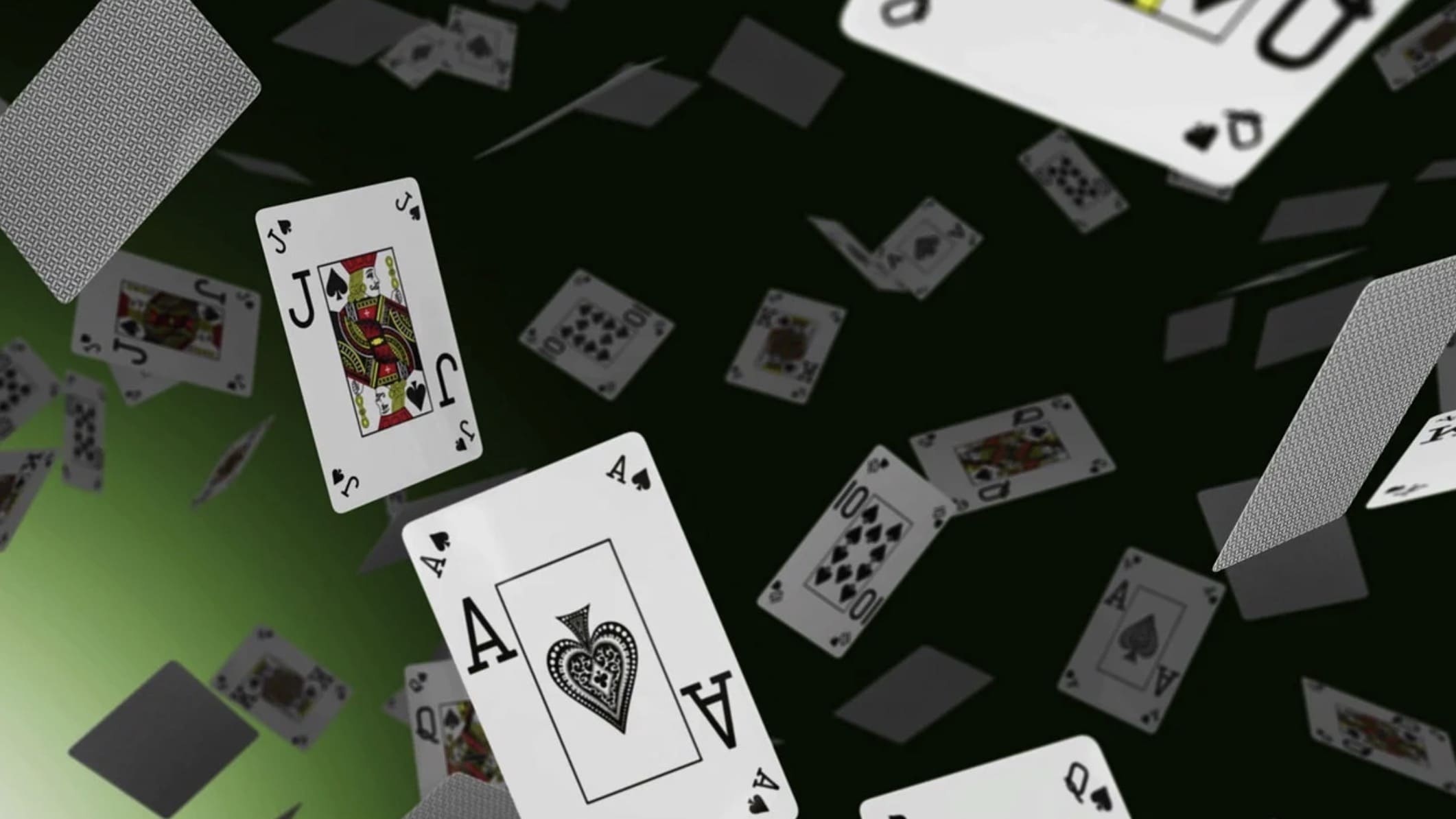
When you withdraw crypto from a best bitcoin casino or sportsbook, you’re paying for network capacity. A network fee is the cost to get your transaction processed by miners (on-chain) or routed by Lightning nodes (off-chain). Think of it as paying for a lane on a busy highway: faster lane, higher fee.
On Bitcoin’s base layer, the fee is a miner fee priced in satoshis per virtual byte (sat/vB). More congestion in the mempool (the waiting room for transactions) means higher sat/vB, which pushes your AUD cost up when BTC’s price is high. You don’t pay a percentage; you pay for data space.
Lightning works differently. You pay tiny routing fees to the nodes that forward your payment. Those fees are made of a base fee (a fixed tiny amount) plus a parts-per-million (ppm) rate (a micro-percentage of the amount). There can also be a small channel open/close cost in the background when channels are created or settled on-chain.
Lightning cashouts: when small and fast wins
If you’re withdrawing tips, rakeback, or a tidy pokies hit under A$500, Lightning is usually cheaper. Routing fees are often fractions of a cent, even when the base chain is sizzling. I’ve pulled out A$50–A$200 equivalents and paid less than the price of a servo coffee.
Speed is Lightning’s party trick. Payments are typically final in seconds. For an Aussie player who wants to pop winnings to a mobile wallet and then on to PayID/OSKO via an exchange, the time saved is gold. Less waiting, less chance you’ll cancel, and more control over your session bankroll.
The catch? Liquidity and limits. Lightning payments need a clear path with enough channel capacity. Some casinos cap Lightning withdrawals per transaction. If a route can’t be found, the payment fails and you try a smaller amount—or revert to on-chain.
On-chain cashouts: when size and finality matter
For larger withdrawals—think A$2,000 after a hot blackjack run—on-chain makes sense. You pay once, the transaction is globally recorded, and your exchange or broker will recognise it with one to six confirmations. No routing drama, no liquidity headaches.
Fees can spike when BTC is pumping or when popular Ordinals activity crowds the mempool. But even then, percentage-wise, a A$10–A$20 miner fee on a multi-thousand dollar cashout is a tiny haircut. For high-rollers, predictability and auditability beat a few bucks saved.
On-chain is also simpler for tax records. An on-chain TXID (transaction ID) gives clean proof of transfer time and amount. When you later off-ramp to AUD, your exchange can match deposits to ledger entries. That’s tidy for accountants and less back-and-forth at EOFY.
The real numbers: fee dynamics you’ll actually feel
Lightning fees are near-zero most days, but they’re not guaranteed. A long route or thin channels can bump ppm rates. Splitting one big cashout into two or three smaller Lightning withdrawals often reduces failure risk without meaningfully raising cost.
On-chain fees flex with supply and demand. If you’re not in a rush, choose low-priority or replace-by-fee (RBF): you submit a cheaper transaction now and only bump the fee if it’s stuck. Many casinos fix a flat on-chain withdrawal fee; during quiet mempools, that can feel pricey compared to the network’s actual rate.
BTC price matters for both rails. A 200 sat/vB miner fee during a bull spike costs more in AUD than the same sat/vB in a bear lull. With Lightning, the amount matters more than price: a A$25 tip costs almost nothing; a A$2,500 send may hit channel limits even though the raw fee is small.
Aussie player playbook: when to pick which
Going for quick coffee-money cashouts—rakeback, small wins, daily safe-banking—pick Lightning. It’s fast, cheap, and great for frequent, disciplined bankroll skimming. Send to a reputable Lightning wallet, then sweep to your exchange if you’re off-ramping to AUD.
Planning a single weekly or monthly payout of A$1k–A$5k? Use on-chain. You’ll pay one clear miner fee, get rock-solid finality, and keep records simple. If the mempool looks packed, queue a low-priority send overnight; that often clears by morning with less fee burn.
Straddling the line? Hybrid it. Lightning for daily smalls to reduce session risk; on-chain for milestone withdrawals. Many Aussie-friendly casinos now support both rails. The pros pick the rail to match amount, urgency, and accounting needs.
Security, privacy, and KYC nuance
Lightning offers better payment-graph privacy for small amounts, but remember: once you push funds to a KYC exchange to off-ramp to AUD, your identity meets your coins. Keep opsec sensible: unique receive invoices, updated wallets, and basic device hygiene.
On-chain gives the best audit trail. If you want crystal-clear provenance—useful for disputes or reporting—on-chain wins. Also, some casinos only verify large withdrawals on-chain. Read the cashier page and note any “network fee + service fee” combos before you hit withdraw.
Whichever rail you choose, test with A$5–A$20 first. Confirm your address format (bech32 for on-chain, Lightning invoice for LN), check minimums, and confirm the casino’s posted fee. One dry run saves a lot of support tickets.
Bottom line (and a straight-talk call to action)
For small, frequent cashouts, Lightning is the thrifty sprinter. For big, less frequent wins, on-chain is the steady freight train. Smart Aussie players mix both to keep fees low, records clean, and cashouts stress-free.
My rule of thumb as a long-time Aussie crypto punter: Lightning under A$500, on-chain over A$1,000, and pick based on urgency in the middle. Keep a Lightning wallet ready and a clean on-chain address book for larger sends.
Ready to put this into practice? Choose a reputable, crypto-friendly casino cashier, bank your wins with intent, and play responsibly. Use Lightning for the nippy skims, on-chain for the big drop—then enjoy your evening, mate.